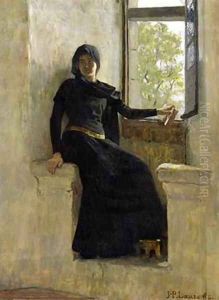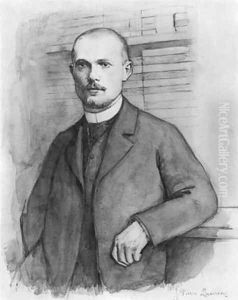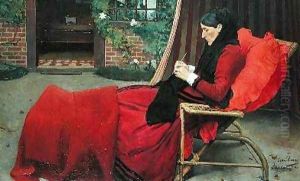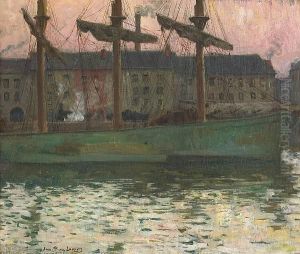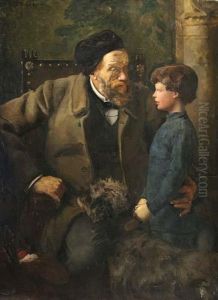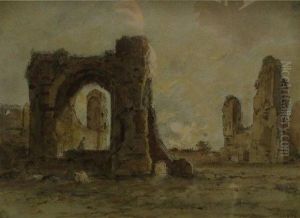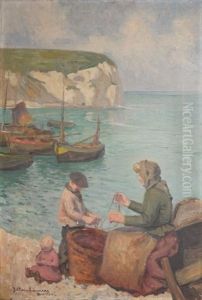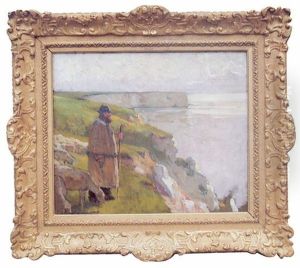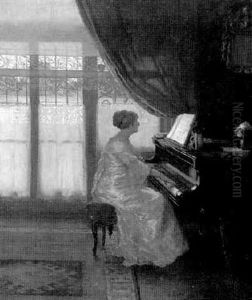Jean-Pierre Laurens Paintings
Jean-Pierre Laurens was a French painter and illustrator, born on March 18, 1875, into an artistic family. His father was Jean-Paul Laurens, a well-known history painter and professor at the École des Beaux-Arts in Paris, and his mother was Madeleine Willemsens, also a painter. Growing up in an environment steeped in art, Jean-Pierre was naturally inclined towards following in his family's footsteps.
He studied under his father at the Académie Julian, which was a private art school for painting and sculpture founded by Rodolphe Julian. The academy was popular among international students, including many from the United States, which helped Laurens gain a perspective that was both deeply French but also open to international influences.
Jean-Pierre Laurens exhibited his work at the Salon des artistes français and was recognized for his talents during his lifetime. He was primarily known for his historical and genre paintings, following the academic tradition. However, Laurens' work also reflected the transition to more modern approaches to art that were taking place at the turn of the century. His illustrations and paintings often depicted scenes with a strong narrative element, showing his interest in storytelling through visual means.
During World War I, Laurens served in the French army, and this experience influenced his later works, which included a number of war scenes. His poignant portrayals of the war helped to document the experiences of soldiers and the impact of the conflict on French society.
Jean-Pierre Laurens' artistic career was also marked by his role as a teacher. He, like his father, taught at the École des Beaux-Arts, passing on the academic traditions and techniques to a new generation of artists. Among his students were several who would go on to become significant artists in their own right.
Laurens' health declined in the later years of his life, and he eventually passed away on July 23, 1932. Although he may not be as widely remembered as some of his contemporaries, his contributions to French art during the late 19th and early 20th centuries, both as a painter and as an educator, remain noteworthy.
